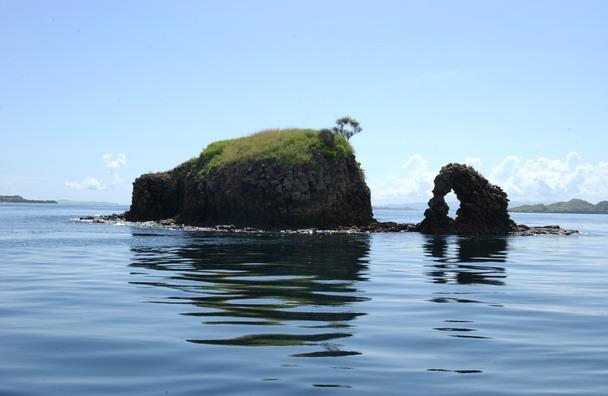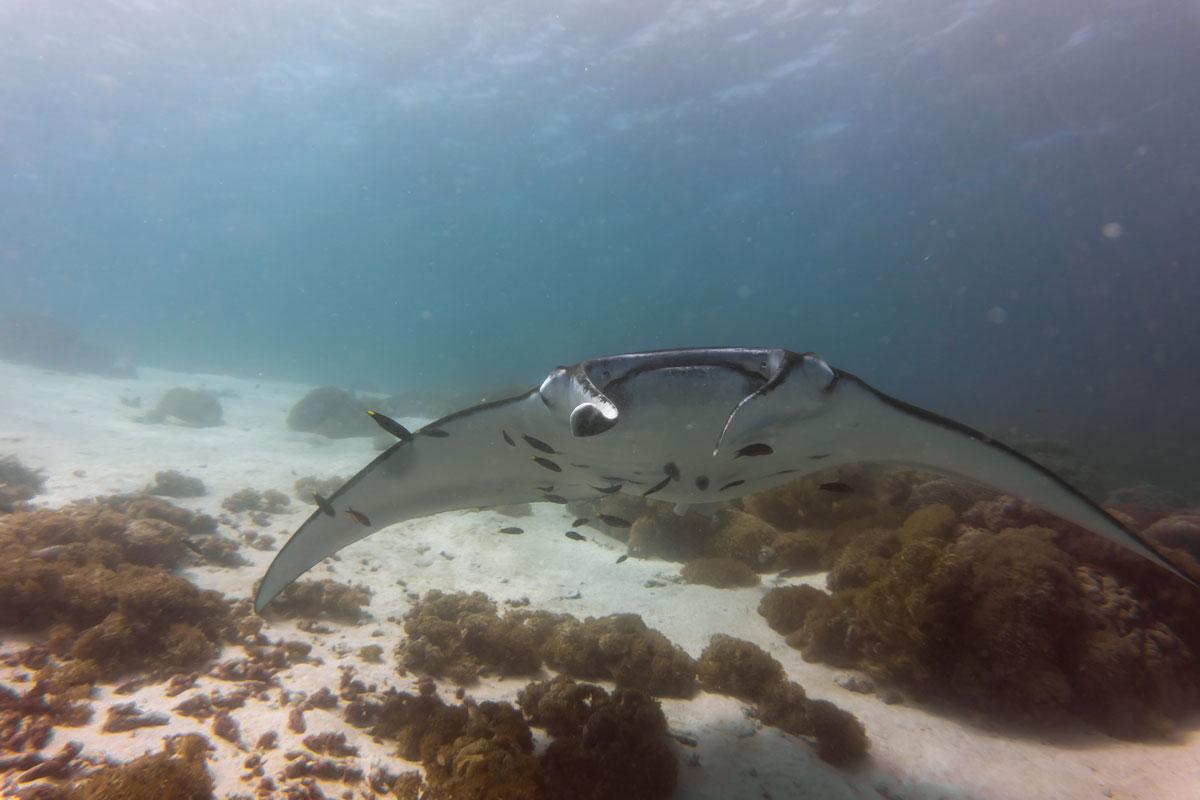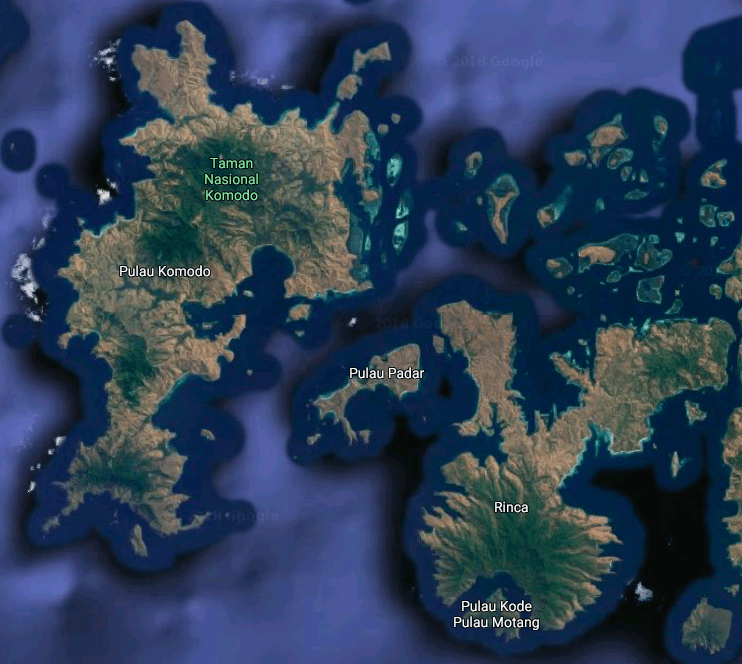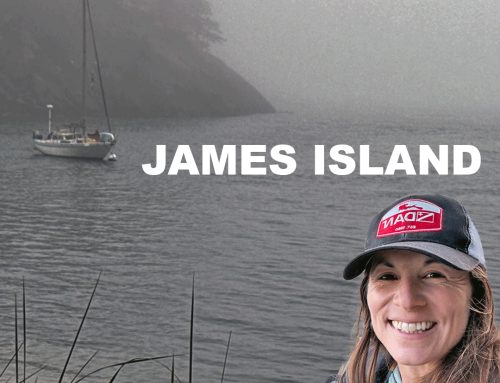As we talked a few weeks ago, Komodo dive sites are so many and so varied that it’s impossible to talk about all of them in one single blog post. For that reason, I decided to write a series of mini blogs selecting my favorites, ranging from the well known to the best kept secret gems.
If you missed the first blog of the series, jump into our dive Komodo series HERE.
To continue talking about the Komodo National Park, I have selected two of the most classic points in the center of the park.
The world-renowned dive sites of Komodo Central.
But first, a little reminder of my previous blog:
“The diving spots in Komodo are very changeable due to the strong currents, the days near full moon and new are especially strong. Before getting your heart set on a dive spot consult with your Dive Shop about the conditions. Also take into account your level as diver and more important, that of your companions. Plan your dives based on the person with the least level in the group whenever possible. ”

Batu Bolong
The literal translation of the name means Stone and Hole, and this dive site is marked by a small rock with a hole that breaks the surface of the water in the strait between the islands of Tatawa and Komodo. Without a doubt, it is the most famous diving spot in Komodo Center and rightly so.
This particular dive site requires that we ALWAYS jump into the protected side of the rock since there can be downward currents on the sides of the pinnacle. When the currents are strong, this dive is not suitable for divers with little experience. It is not unusual to have to cancel dives when the currents are especially strong.
Scuba Diving on the South Wall
On the south side of Batu Bolong we find a deep, almost vertical wall, covered with hard and soft coral. We start descending between massive schools of fish as we take in the beautiful topography of this rock in the middle of the blue. Normally, the whole dive is spent zigzagging up one side of Batu Bolong unless the current changes direction during the dive and it’s possible to change sides. Therefore, a typical dive starts by descending to 20 or 25 meters and make a gradual ascent while observing this fish tank of a wildlife haven.
Diving the North Wall
This is a much more gradual wall; like a hill that gets lost in the depths. Hard coral is predominant in this part of the pinnacle, but the biodiversity is just as stunning. The diving is done in a similar fashion to the northern side, by making a slow ascent via the zigzag formation. Besides the difference in topography and corals, the diving area on the north side of Batu Bolong is larger than the south wall so you’ll be able to see more of the rock.

The biodiversity of what you can see in Batu Bolong.
We all know by now that the diving in Komodo is fantastic and Batu Bolong is no exception. It is common to find Napoleons, large turtles, white-tipped sharks, giant trevally and sometimes even manta rays. Do not forget to look closely at the coral since the Macro life is very abundant, especially on the South side.
Our second dive site in Komodo pick for today: Mawan.
The next dive spot in Komodo Center we find this small island with a spectacular reef located on a hill of white sand. A simple dive that gives us the opportunity to relax while exploring this long reef dotted with giant barrel sponges, soft coral, hard coral and a variety of fish. Mawan is famously known as one of the main Komodo diving spots where we can find manta rays, both swimming along the reef while feeding and hanging out in the cleaning stations. As a general rule, it is a simple dive, but you have to be careful when approaching a new or full moon since the currents can be very strong. In this case, advanced divers can enjoy an incredible drift dive!

The biodiversity of what you can see in Mawan.
Apart from the reef manta rays and the typical tropical fish of the area, we can find several types of sharks; white tip, nurse, bamboo and even guitar shark. Keep your eyes peeled for cuttlefish, turtles and especially macro in the small holes of the reef.
Planning and considerations before diving in new environments:
- Do I have the training and experience necessary for this dive?
- Do my partners have the training and experience necessary for this dive?
- Are the conditions favorable for diving safely?
- Does the dive operator have qualified personnel and all the safety elements in case of having an unforeseen event?
- Do I have the necessary equipment for the planned dive? Example: surface marker buoy for diving in currents.
- I know I have the necessary skills and experience but … do I feel physically and psychologically ready to dive today?
Many of the dive sites in Komodo are suitable for all levels under normal conditions, but many are affected by tidal changes. During these changes, 20 minutes makes the difference between a beginner’s dive site and that of an experienced diver. Make sure there is good communication with the dive center and your guides, comment your doubts and your level of diving even if they do not ask you! This will help them plan diving better and have a better experience.
Saludos and happy diving!
Aitor Diaz
Course Director #285713
Azul Unlimited
We teach responsible scuba divers and ocean protectors. The brand is run by PADI IDC Staff Instructor Sarah Valdez who teaches scuba diving in person and on YouTube. Now she travels around the states and Mexico in her van scuba diving in new and different places. Follow her adventures on YouTube, Instagram, Facebook, and TikTok or join the Azul scuba community on Patreon.
Azul Unlimited is partnered with Azul Komodo, a top PADI IDC Center in Labuan Bajo, Indonesia offering daily dive trips to the Komodo National Park. Contact their team directly for an unforgettable experience diving in one of the top dive destinations in the world!









